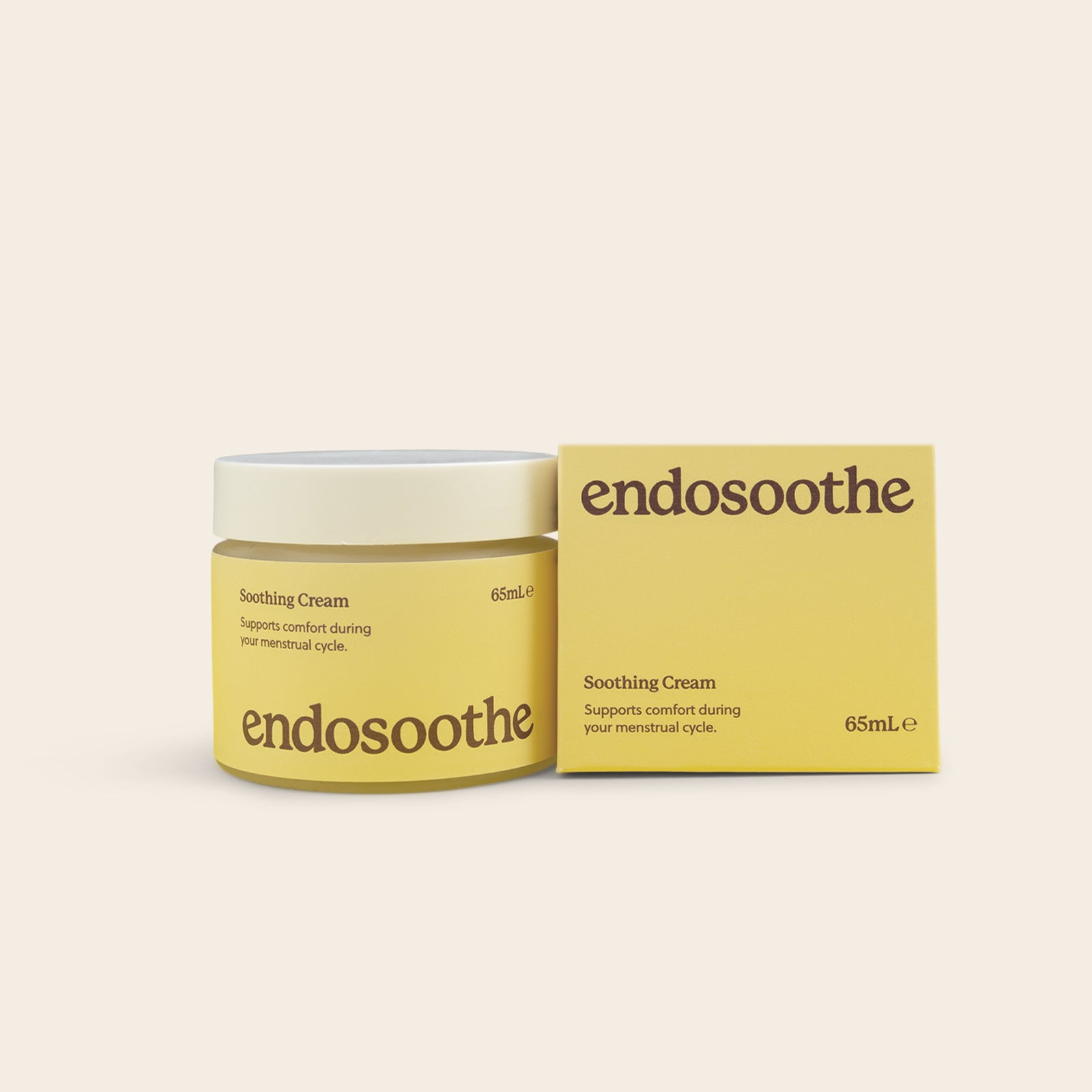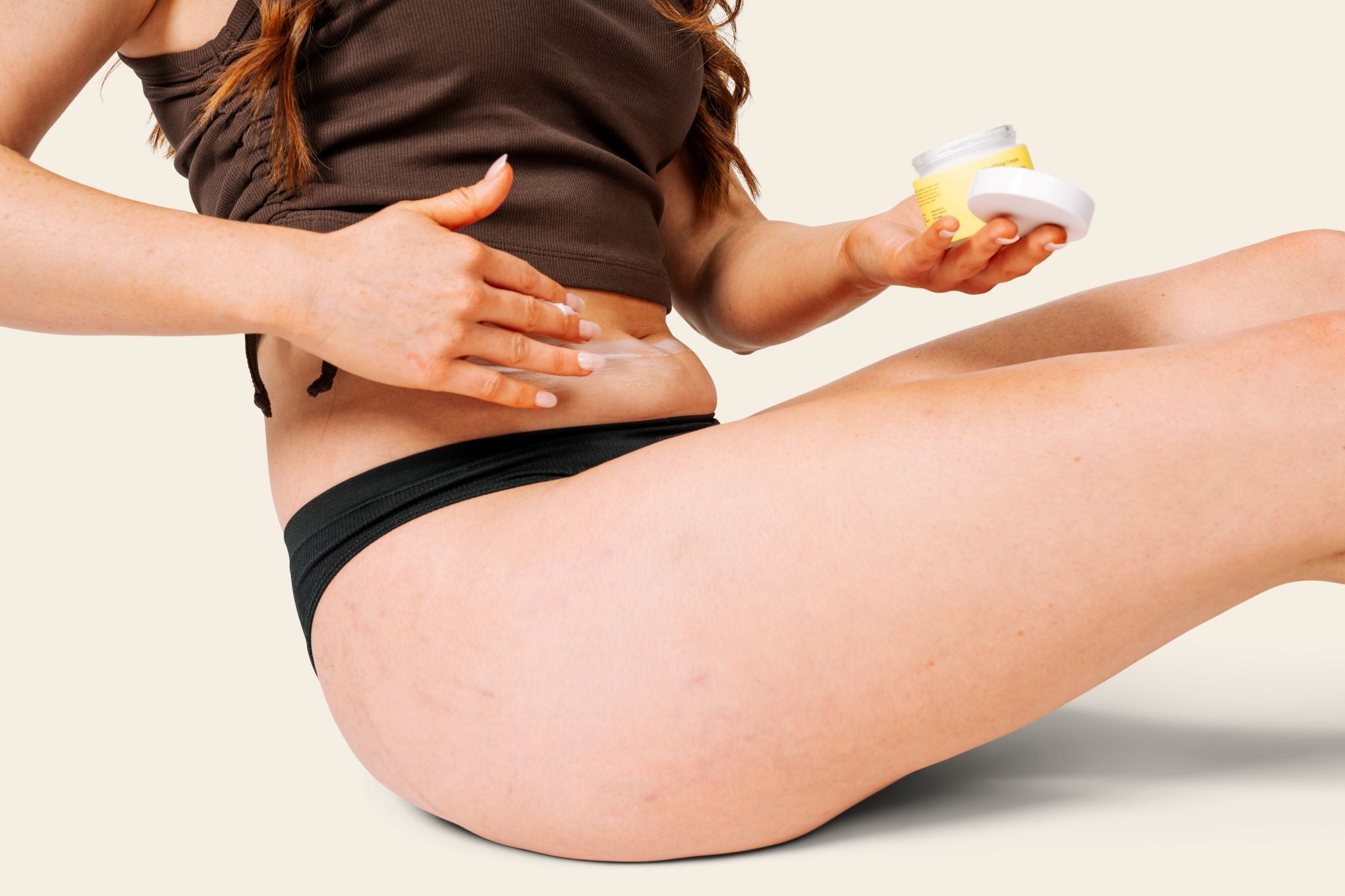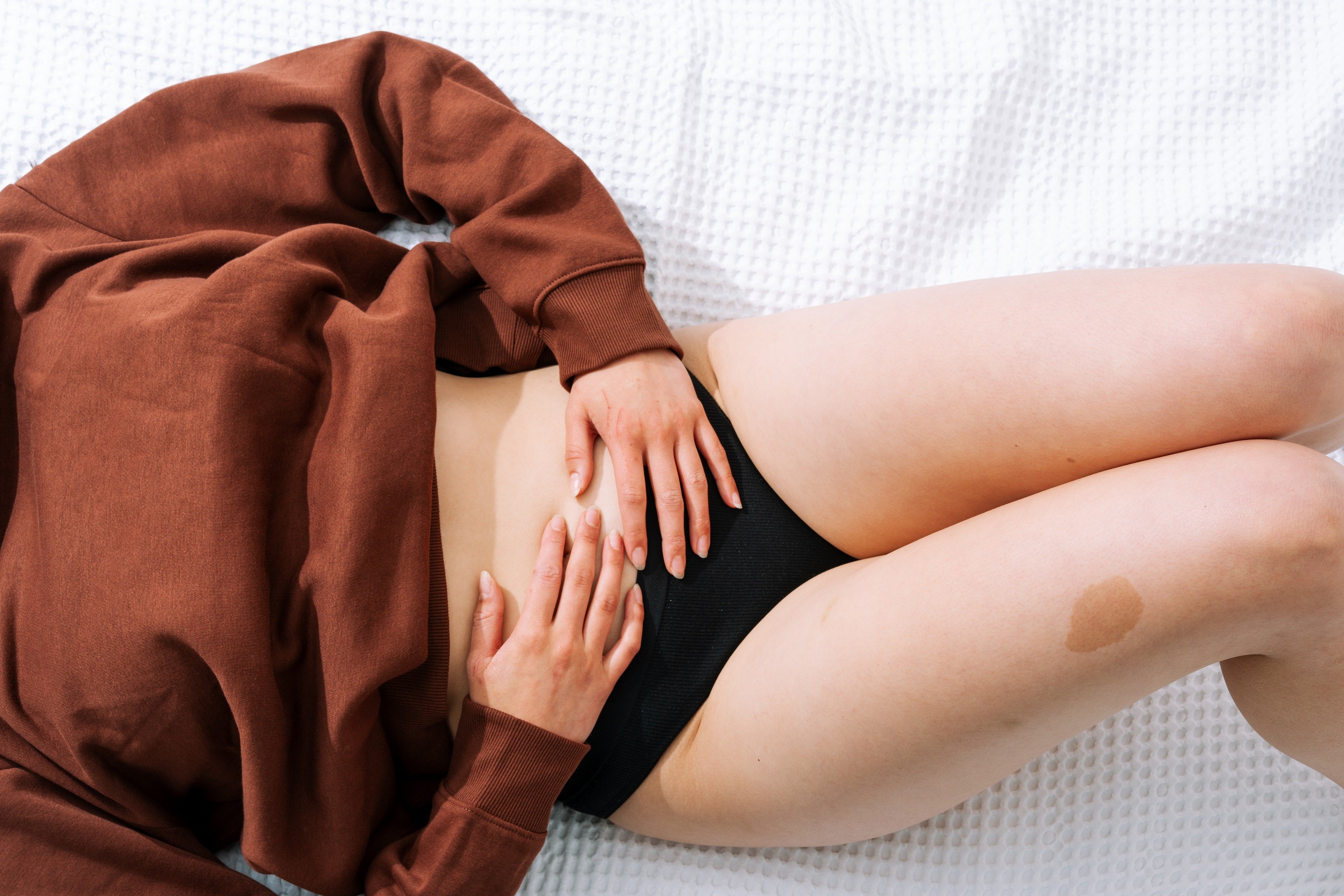It took me seven long years to figure out what was wreaking havoc on my body—a condition with no cure. Back in the day, I was a ball of energy, always outdoors, tearing around with my siblings and friends. But at 14, my first period hit like a wrecking ball, bringing along mood swings, pain, and heavy bleeding. By the third round, the pain was enough for my mum to take me to the doctor, who promptly prescribed the combined hormonal pill without much explanation or alternative options. Alongside that, I received a bunch of other medications to tackle mood swings and pain.
At 15, anxiety and depression began to take over my life, thanks to the pill's side effects. Alongside this, I was diagnosed with premenstrual tension syndrome, irritable bowel syndrome, occasional migraines, and an iron deficiency. My periods became the puppeteer of my existence—messing up my school life and making it tough to keep friends or maintain relationships. I tried all sorts of contraceptive pills and every painkiller available.
Thanks to my heavy reliance on pain meds, I ended up with ulcers in my intestine and had to undergo a colonoscopy. My ban on Non-Steroidal Anti-Inflammatory Drugs (NSAIDs) made my pain struggle even tougher.
High school's final years were a battlefield. Periods every 10 weeks became more painful each time. Fatigue was my constant companion, and anxiety and depression caused me to hit rock bottom. I pushed away everyone, isolating myself, and battling my struggle alone.
University life brought severe migraines daily, and a doctor's warning shocked me—stop the combined pill or risk a stroke. I switched to the mini pill, which resulted in six months of non-stop periods. Fed up, I decided to ditch birth control altogether.
The next six months were sheer agony. Symptoms skyrocketed, and hospital visits became routine, with misdiagnoses flying around. I was told my suffering was 'normal,' to 'suck it up' and 'deal with it.'
Angry and exhausted, I took matters into my own hands. Research led me to endometriosis, a condition that ticked all my symptom boxes. Why hadn't any doctor considered it before?
Meeting a gynaecologist was a game-changer. Finally, someone listened. The validation was a mix of emotions, but it provided me with hope. Six weeks later I underwent a surgical laparoscopy to remove my endometrial growths and opted for the Mirena after an in-depth conversation with my gynaecologist. Recovery had its highs and lows, but slowly, life found its rhythm. Pain lessened, periods became manageable, and I felt like I could breathe again.
During recovery, I connected with women sharing similar stories. Fueled to make a change, I birthed Endosoothe—a platform, community, and product range to support women globally. Education, resources, understanding—I wanted to offer it all.
Now, one and a half years post-surgery, I'm leading a (mostly) normal life. The occasional setback reminds me of the journey, but I've mastered the art of coping. I wake up grateful, ready to tackle each day with renewed energy and a determination to make a positive impact for those grappling with women's health issues.



Leave a comment